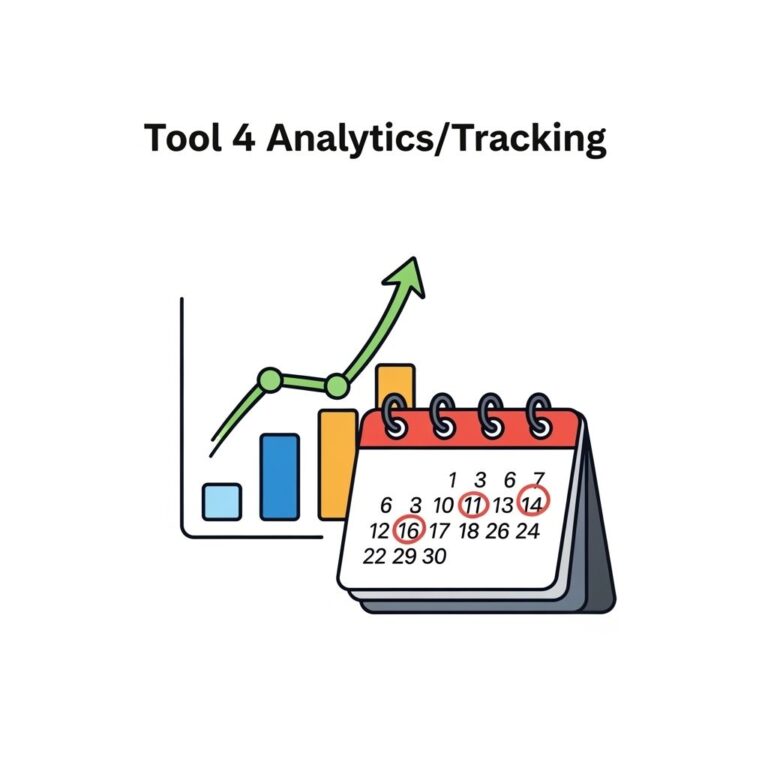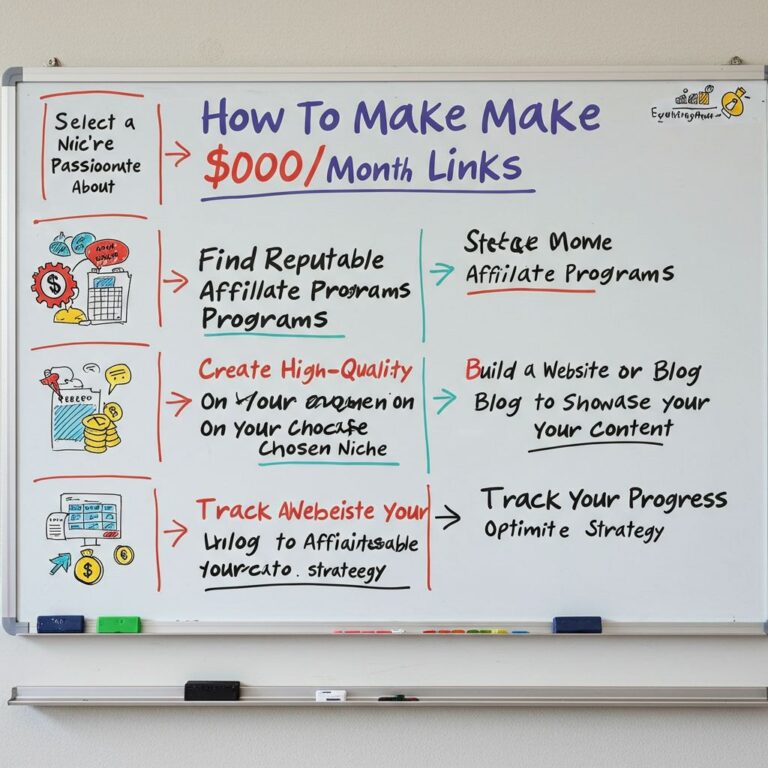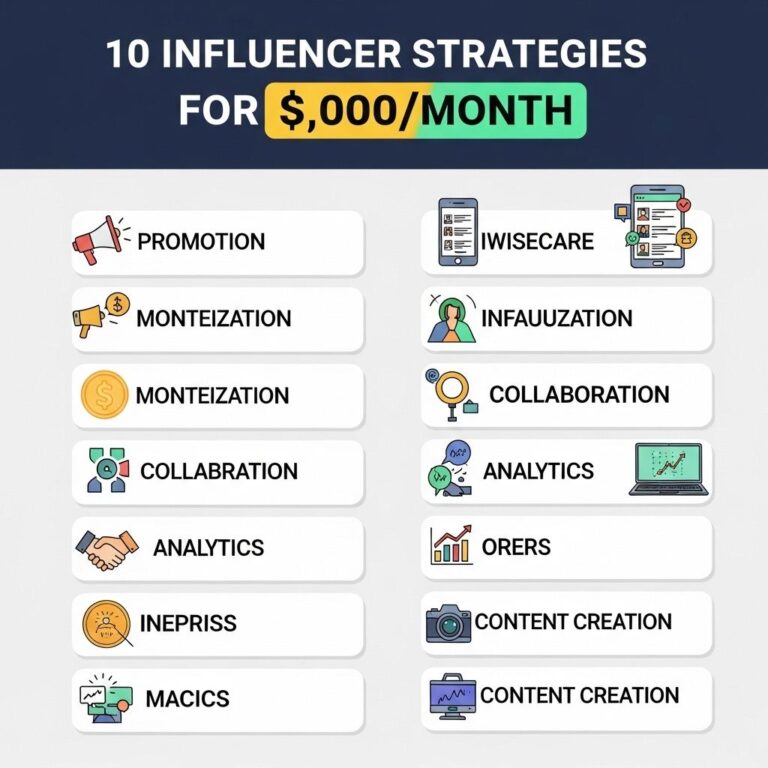In an increasingly competitive market, having a well-defined brand strategy is essential for any business looking to stand out. A winning brand strategy helps you communicate your business’s core values, connect with your target audience, and build a loyal customer base. This article will guide you through the essential components of creating an effective brand strategy that resonates with your audience and drives growth.
Table of Contents
Understanding Your Brand
Before developing a brand strategy, you need to understand what your brand represents. This involves deep introspection and market research.
Defining Your Brand Identity
Your brand identity encompasses the visual elements, messaging, and overall perception of your brand. It’s crucial to clearly define the following elements:
- Mission Statement: What is your brand’s purpose?
- Core Values: What principles guide your business decisions?
- Unique Selling Proposition (USP): What makes your brand different from competitors?
Conducting Market Research
Understanding your market is key to developing a brand strategy that works. This involves:
- Identifying Target Audience: Who are your ideal customers? Create detailed buyer personas.
- Analyzing Competitors: What strategies are your competitors using? Identify their strengths and weaknesses.
- Market Trends: What are the current trends in your industry? Stay ahead by adapting to changes.
Cultivating a Strong Brand Position
Once you have a solid understanding of your brand, the next step is to establish a strong brand position in the market.
Creating a Brand Positioning Statement
A brand positioning statement succinctly communicates how you want your brand to be perceived. It should include:
| Component | Description |
|---|---|
| Target Audience | Who your brand serves. |
| Brand Promise | The unique benefit your brand offers. |
| Reason to Believe | Why should customers trust your brand? |
Establishing Brand Personality
Your brand personality is the set of human traits associated with your brand. Consider these aspects:
- Voice: Is your brand friendly, professional, or playful?
- Visual Style: What colors, fonts, and imagery represent your brand?
- Emotional Connection: How do you want customers to feel when they interact with your brand?
Building Brand Awareness
A successful brand strategy includes a plan for increasing brand awareness among your target audience.
Developing a Multi-Channel Marketing Strategy
Utilize various marketing channels to reach your audience, including:
- Social Media: Engage with customers through platforms like Instagram, Facebook, and LinkedIn.
- Content Marketing: Create valuable content that reflects your brand’s expertise and voice.
- Email Marketing: Use newsletters to keep your audience informed and engaged.
Implementing Brand Partnerships
Collaborations with other brands can enhance your credibility and reach. Consider these tips:
- Choose partners whose values align with yours.
- Co-create content, products, or events to leverage each brand’s audience.
- Measure the results to understand the partnership’s impact on brand awareness.
Engaging with Your Audience
Once your brand is established and awareness is increasing, engaging with your audience is crucial.
Creating Authentic Connections
Engagement goes beyond transactions; it’s about building relationships. Here are some strategies:
- Personalization: Tailor experiences based on customer preferences.
- Feedback: Encourage and act on customer feedback to demonstrate that you value their opinions.
- Community Building: Foster a sense of community among your customers through forums, social media groups, and events.
Utilizing User-Generated Content
User-generated content (UGC) is a powerful way to engage customers and enhance brand credibility. Encourage your audience to share their experiences:
- Contests: Host contests that motivate customers to create and share content.
- Hashtags: Create unique hashtags for customers to use when posting about your brand.
- Showcase UGC: Feature user content on your brand’s platforms to build community.
Measuring Brand Strategy Success
It’s essential to measure the effectiveness of your brand strategy regularly to ensure it aligns with your business goals.
Key Performance Indicators (KPIs) to Track
Consider tracking the following KPIs:
| KPI | Description |
|---|---|
| Brand Awareness | Monitor reach and engagement metrics on social media and website traffic. |
| Customer Loyalty | Track repeat purchase rates and customer retention metrics. |
| Brand Perception | Conduct surveys to gauge how customers view your brand. |
Adjusting Your Strategy
Based on the metrics you track, be prepared to adjust your brand strategy. Consider:
- Adapting messaging based on customer feedback.
- Exploring new marketing channels as your audience evolves.
- Continuous testing and iteration to improve brand initiatives.
Conclusion
A winning brand strategy is not static; it evolves with your business and market conditions. By understanding your brand, cultivating a strong position, building awareness, engaging with your audience, and measuring success, you’ll be well on your way to creating a brand that stands out and resonates deeply with your customers. Remember, the goal is to build not just a brand, but a lasting relationship with your audience that can withstand the test of time.
FAQ
What is a brand strategy?
A brand strategy is a long-term plan for the development of a successful brand to achieve specific goals.
Why is a brand strategy important?
A brand strategy is crucial because it helps to establish a unique identity in the market, builds customer loyalty, and guides marketing efforts.
What are the key components of a winning brand strategy?
Key components include brand purpose, target audience, brand positioning, brand messaging, and visual identity.
How can I identify my target audience for my brand?
Identify your target audience by conducting market research, analyzing customer demographics, and understanding their needs and preferences.
What role does brand messaging play in a brand strategy?
Brand messaging conveys the values and benefits of your brand, helping to connect with your audience and differentiate from competitors.
How often should I revisit my brand strategy?
It’s advisable to revisit your brand strategy annually or whenever significant changes occur in the market or your business.









